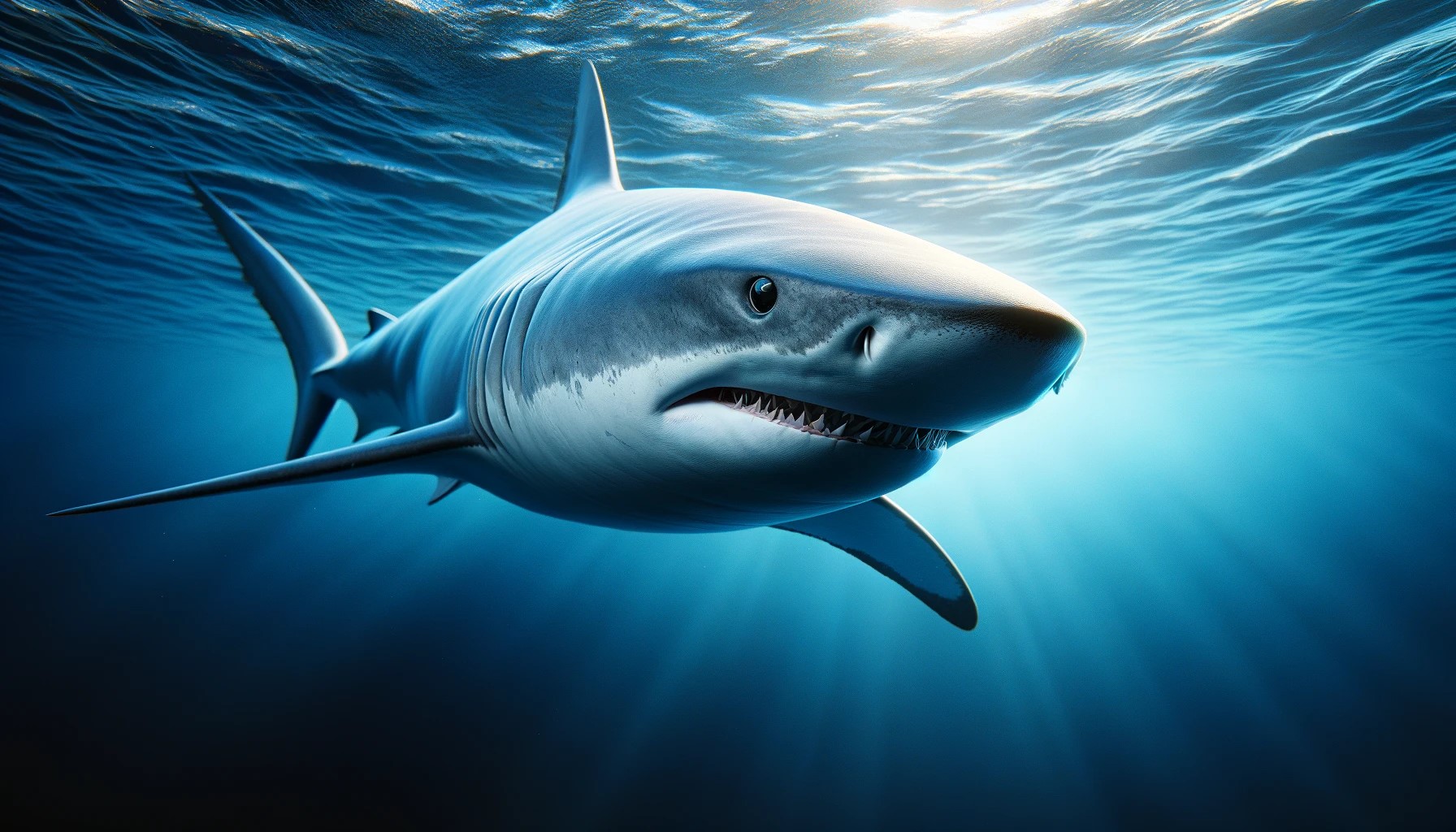Cybersecurity-Insiders
1w
63

Image Credit: Cybersecurity-Insiders
Cybersecurity Concerns Arising in Generating Ghibli-Style Content
- The rise of AI-generated art and animation, including Ghibli-style content, has raised cybersecurity concerns as technology blurs the line between human creativity and artificial intelligence.
- AI tools like DALL·E and MidJourney have enabled users to create Ghibli-inspired artworks by replicating the studio's iconic aesthetic.
- Concerns of intellectual property infringement arise when AI generates artwork mimicking Ghibli's style, challenging copyright laws and the distinction between homage and imitation.
- Data privacy and security risks accompany the use of AI art tools, with potential vulnerabilities in cloud-based systems and the misuse of user data by hackers.
- The threat of deepfakes and synthetic media emerges as AI advancements could lead to the creation of misleading Ghibli-style content, impacting trust and authenticity in the creative industry.
- Regulations are essential to address cybersecurity concerns, advocating for stronger copyright protections, data security measures, and ethical guidelines in AI-generated art.
- The balance between AI assistance and human creativity is crucial to maintaining the integrity of artistry and ensuring that new works do not exploit or infringe upon original creators' intellectual property.
- To uphold creative integrity and user security, ethical guidelines and robust regulations must be established in the evolving landscape of AI-generated art and animation.
Read Full Article
3 Likes
For uninterrupted reading, download the app